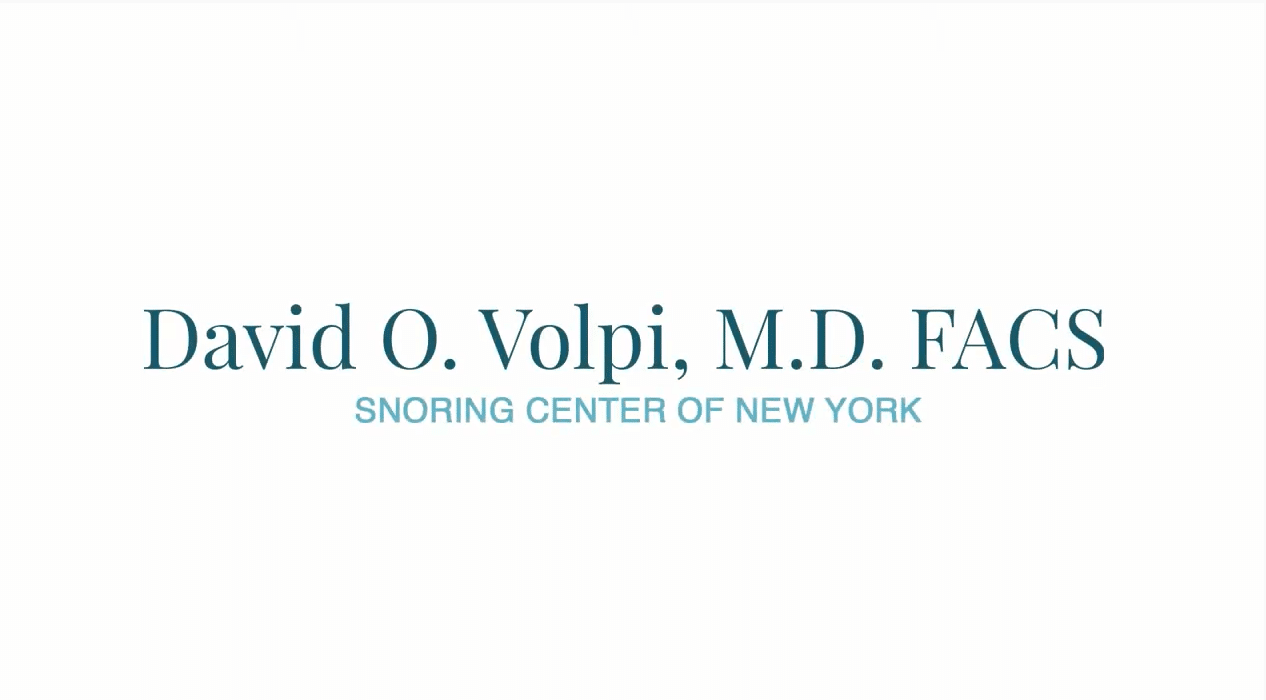
In this blog, the ear, nose, and throat doctors at New York ENT explain what’s involved with a septoplasty.
When is a septoplasty recommended?
When your nasal septum is off-center or crooked enough to impede your normal airflow, you may have difficulty breathing as well as nosebleeds and pain.
A deviated septum can also contribute to chronic sinusitis, which occurs when mucus is unable to flow freely from the back of your nose down into your throat and then into your stomach. It instead is blocked by your deviated septum and can result in ongoing, chronic sinus infections.
This can last for months or even years and cause annoying symptoms that include the following:
- Yellowish or greenish nasal discharge
- Post-nasal drip (the sensation of mucus noticeably dripping down the back of your throat)
- Congestion
- Pain and tenderness in the face or the upper jaw or teeth
- Sore throat
- Bad breath
- A reduced sense of smell or taste
In these cases, a septoplasty may be recommended to help correct your deviated septum. Medication may be able to help your symptoms somewhat, but until the underlying cause – your deviated septum – is corrected, your symptoms are likely to persist.
What happens during a septoplasty?
This outpatient procedure is performed with anesthesia, and it allows your doctor to straighten your septum and reposition the cartilage to the center of your nose. Some parts of your septum may be removed in order to better reshape the area.
After reshaping the area, your doctor will put stitches in and place small pieces of cotton along the area to help catch any discharge or blood.
What are the advantages of a septoplasty?
This procedure has the following advantages:
- Improved breathing – With your nasal passages opened up, you’ll be able to breath better.
- Improved health – A deviated septum can make you more likely to develop sleep apnea, a potentially dangerous sleep disorder
- Decreased symptoms – Your symptoms – such as sinus infections, headaches, and pain in your face – will improve.
Why should you choose New York ENT to perform your septoplasty?
Our doctors are board-certified ear, nose, and throat physicians and surgeons who specialize in diagnosing and treating a wide range of conditions, including a deviated septum. We combine compassionate care with the latest diagnostic and minimally invasive treatments that will help give you relief with very little downtime.
If you’re experiencing symptoms that could be caused by a deviated septum, make an appointment today with New York ENT. Our doctors, as well as our entire staff, will ensure that you receive the top level of care and that you’ll soon be on your way to breathing easier.



